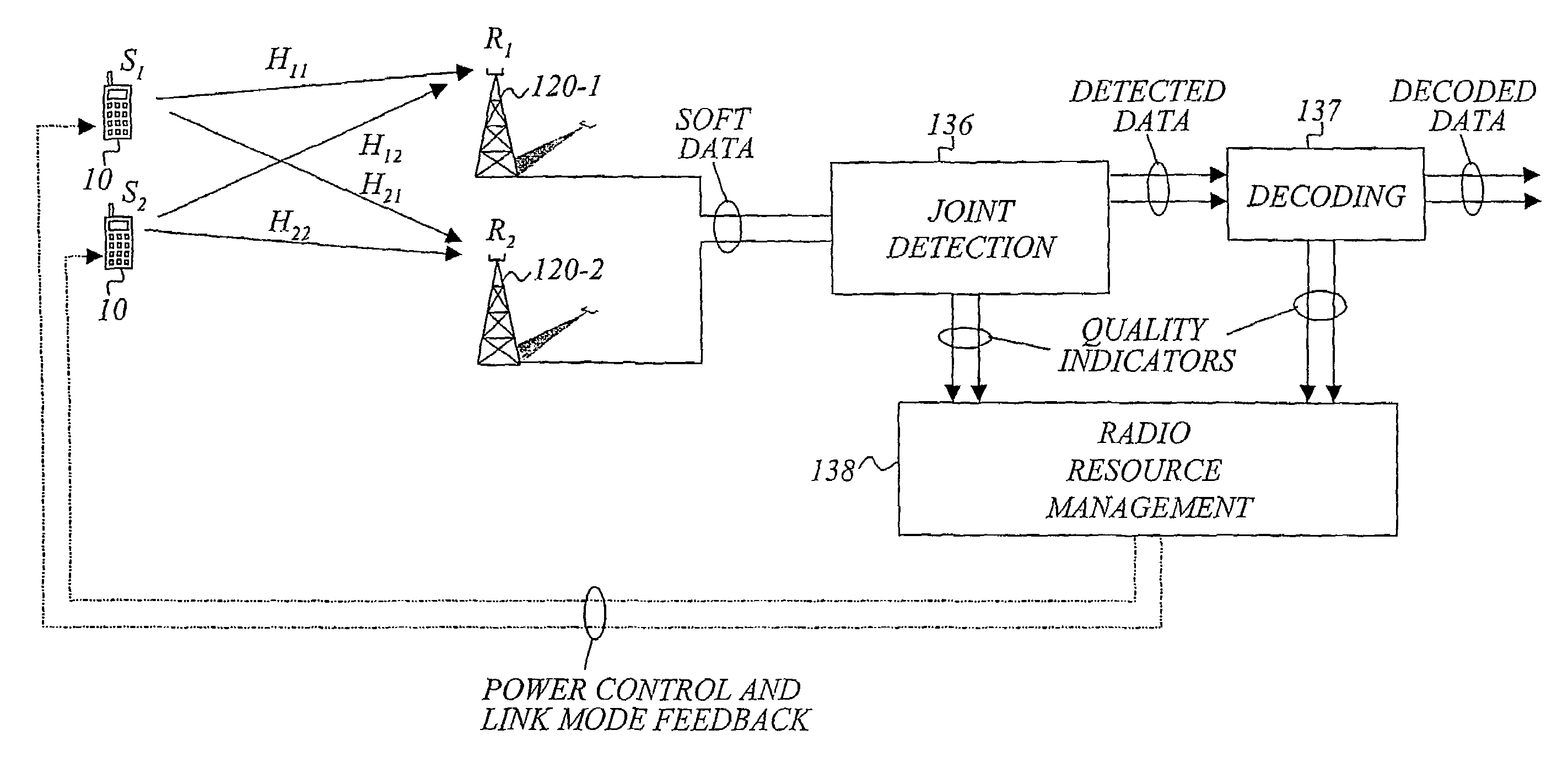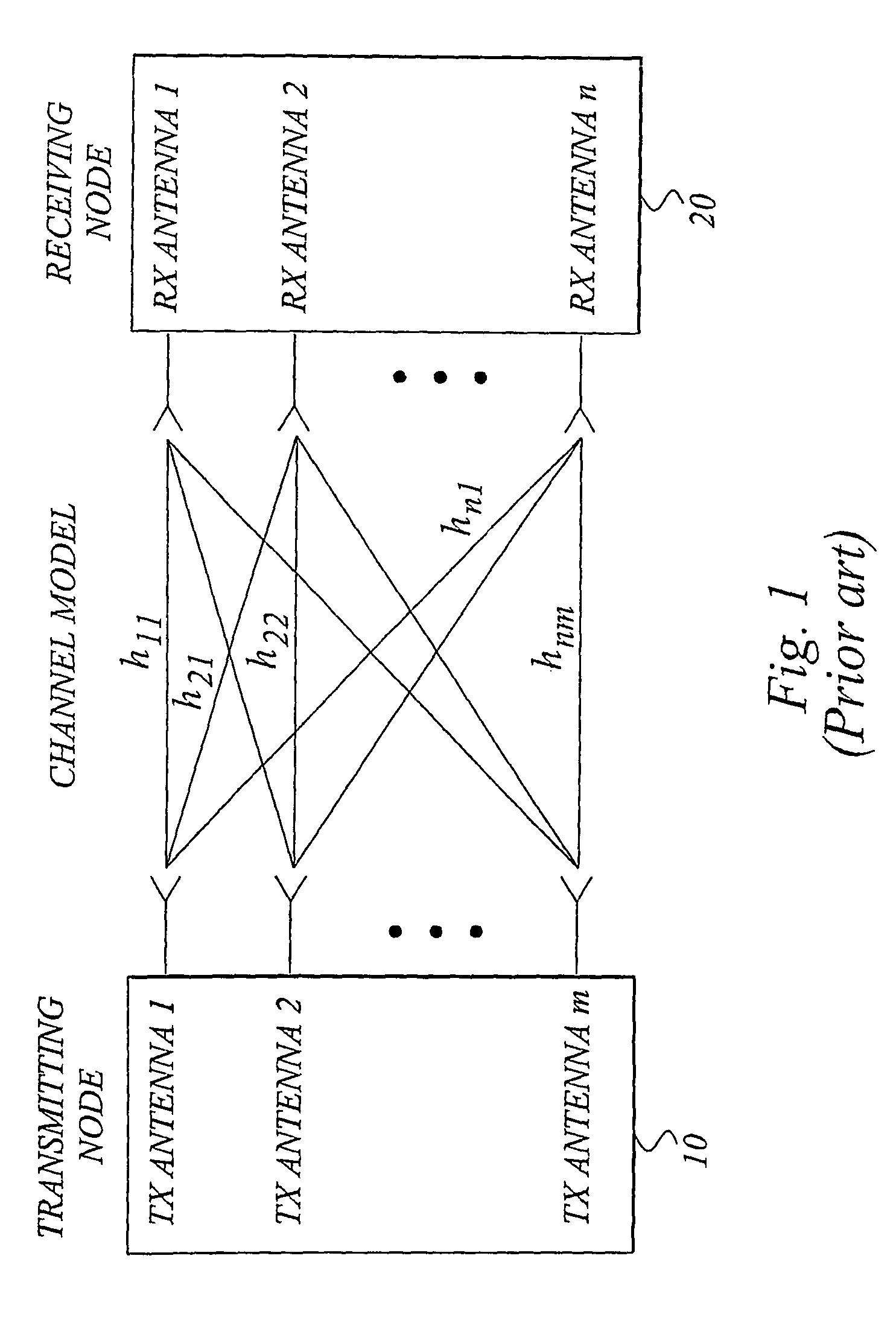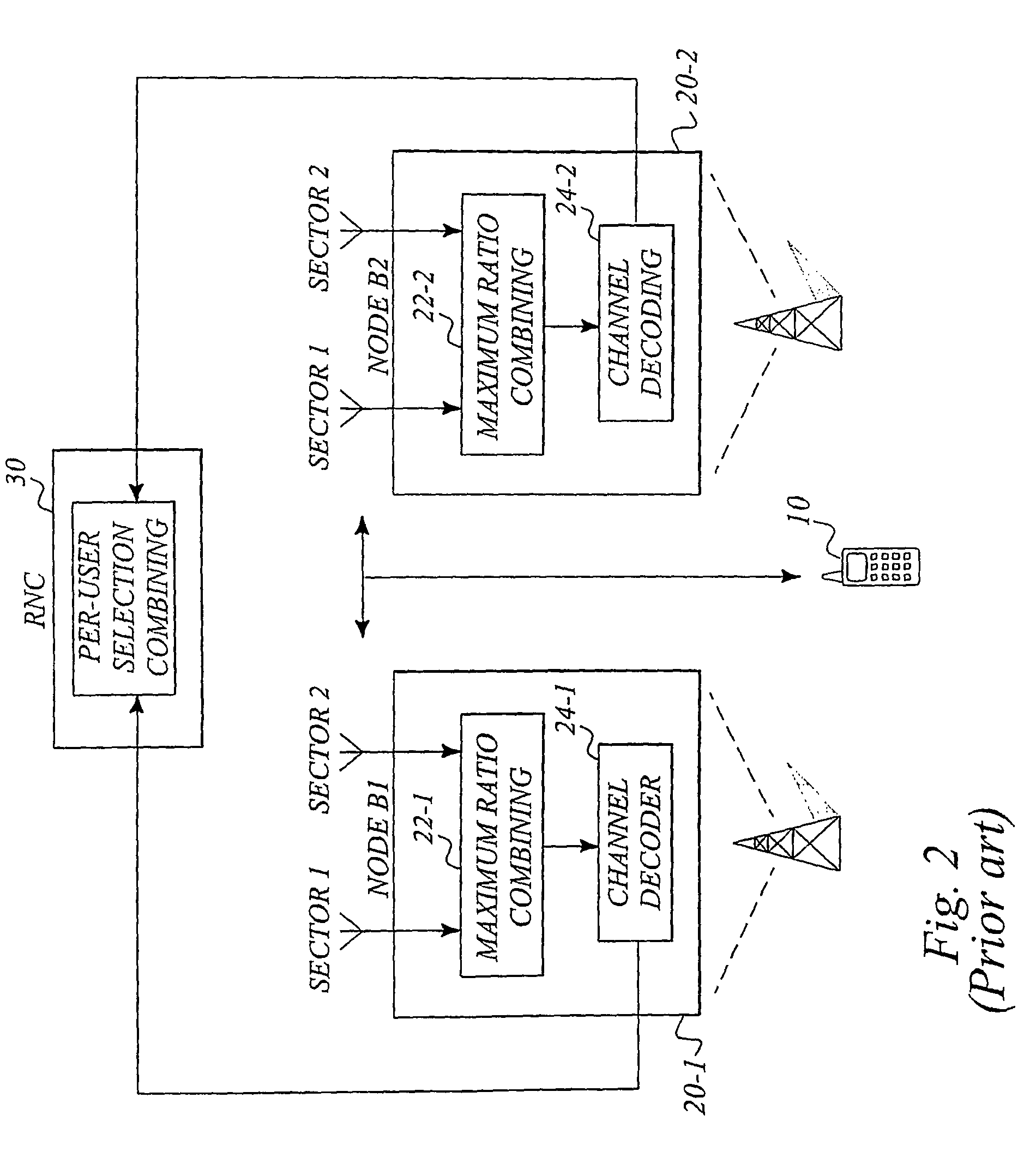Advanced multi-sensor processing
a multi-sensor and processing technology, applied in the field of wireless communication networks, can solve the problems of little sense in spreading soft baseband information outside a rather local neighborhood, and the transport cost is a bit higher for network operators, and achieves the effect of increasing the transport cost for network operators
- Summary
- Abstract
- Description
- Claims
- Application Information
AI Technical Summary
Benefits of technology
Problems solved by technology
Method used
Image
Examples
Embodiment Construction
[0058]Throughout the drawings, the same reference characters will be used for corresponding or similar elements.
[0059]FIG. 4 is a schematic diagram illustrating an example of a centralized system architecture and signal processing approach according to a preferred example embodiment. The network comprises a plurality of receiving nodes 120-1, 120-2, 120-3 such as base stations and a plurality of transmitting nodes 10 such as mobile terminals in a wireless network. Each receiving node 120 converts a superposition of signals received from a plurality of transmitting nodes 10 to produce soft complex signal information, and forwards soft complex signal information to a central node 130, typically over a transport network. The central node 130 may be a dedicated network node or implemented in an RNC (Radio Network Controller), BSC (Base Station Controller) or SHOD (Soft Handover Device). The central node 130 jointly detects signal information from the plurality of transmitting nodes base...
PUM
 Login to View More
Login to View More Abstract
Description
Claims
Application Information
 Login to View More
Login to View More - R&D
- Intellectual Property
- Life Sciences
- Materials
- Tech Scout
- Unparalleled Data Quality
- Higher Quality Content
- 60% Fewer Hallucinations
Browse by: Latest US Patents, China's latest patents, Technical Efficacy Thesaurus, Application Domain, Technology Topic, Popular Technical Reports.
© 2025 PatSnap. All rights reserved.Legal|Privacy policy|Modern Slavery Act Transparency Statement|Sitemap|About US| Contact US: help@patsnap.com



